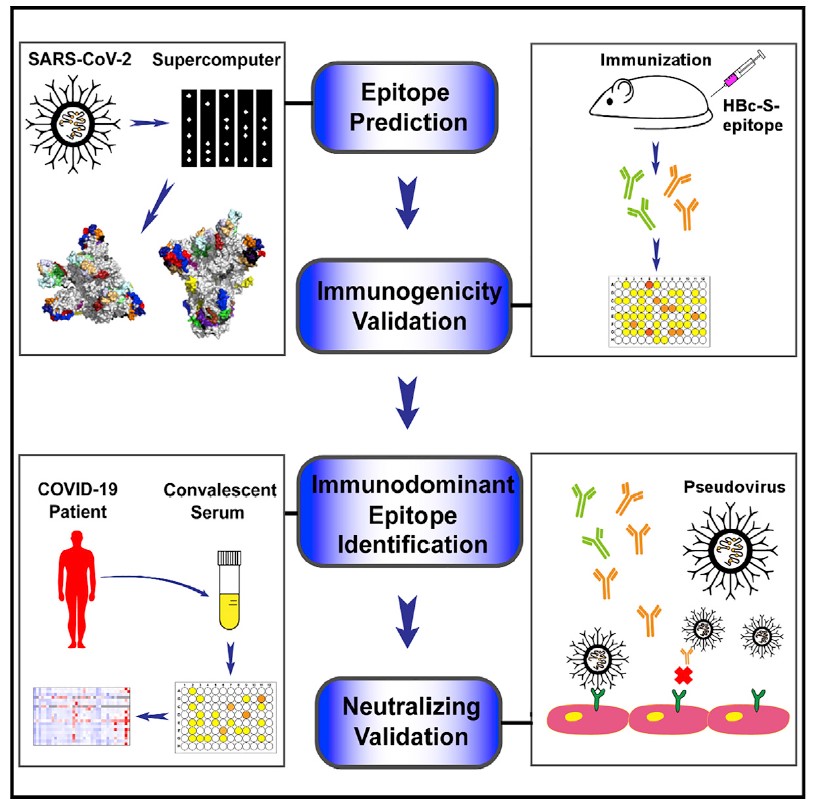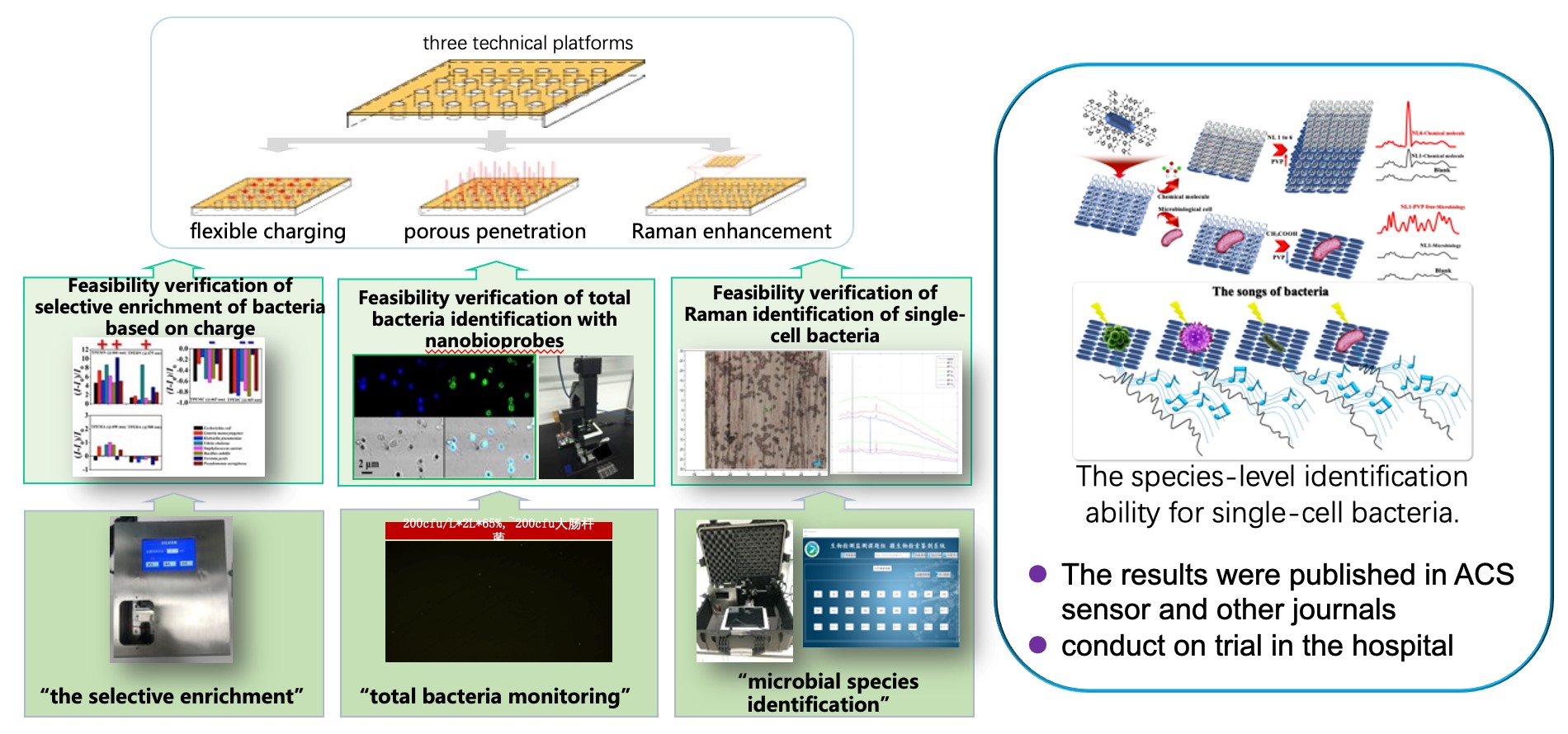
Fig. 1 Screening of novel immunodominant and neutralization linear epitopes for SARS-CoV-2.
Breakthrough II: Prof. Songping Zhang’s group proposed a simple but effective strategy based on the specific interaction between transition metal ions and viral capsids for the stabilization of inactivated foot-and-mouth disease virus (FMDV) antigen 146S. This strategy successfully enhanced the thermostability and acid-resistant stability of 146S. And this specific interaction was further applied to purify 146S by one single-step chromatographic technology to obtain stable 146S with high purity (J Virology, 2021, 95: e02431).

Fig. 2 Stabilization of inactivated foot-and-mouth disease virus antigen by binding with divalent transition metal ions.
Breakthrough III: In response to the increasingly urgent need for single-cell species identification in microbial analysis for public health and biosafety, and to solve the technical difficulties at the same, Prof. Lei Zhou’s group has proposed the research idea based on trifunctional metal substrate including the “flexible charging” for bacterial enrichment, the “porous penetration” for single-cell imaging, and the “Raman enhancement” to realize bacterial identification. Then, three technical platforms have been established, which involves the selective enrichment platform for low-concentration planktonic microorganisms, total bacteria sensing and tracing platform based on nanobioprobes, and microbial species identification platform based on surface-enhanced Raman technology. Finally, the species-level identification ability for single-cell bacteria, the construction of vibrational spectroscopy database for 102 spices of bacteria, and real-time search and identification for bacteria have been achieved, respectively (ACS Sensor,2021,6: 2911-2919).

Fig. 3 Trifunctional metal substrate (top-left), three technical platforms (lower-left), and identification of single bacteria with trifunctional metal substrate (right).
 Search
Search



 京公网安备110402500047号
京公网安备110402500047号